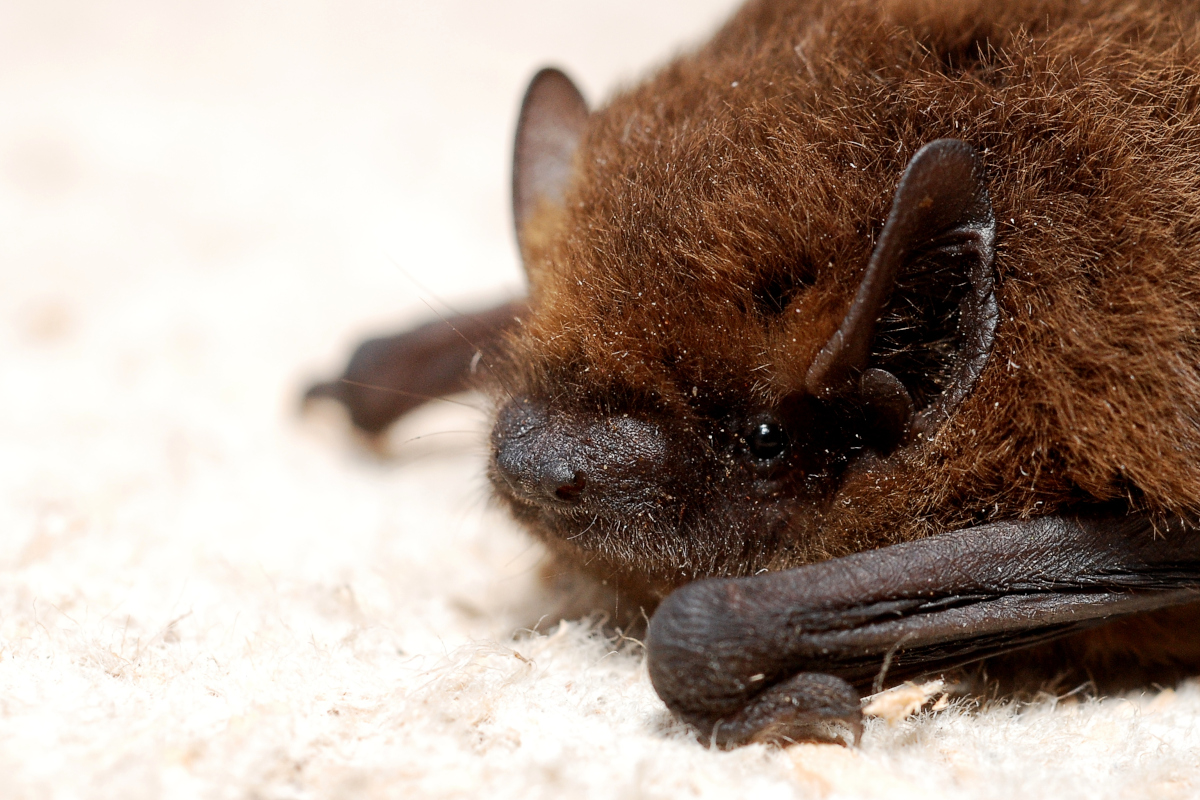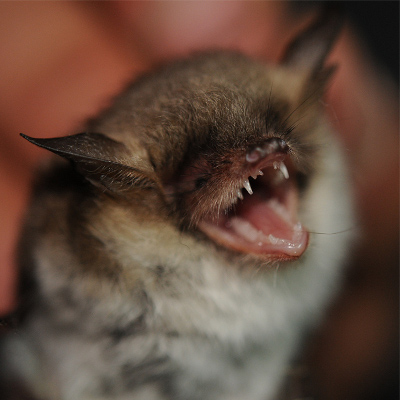
A chief engineer from BAE Systems has combined his expertise in mathematical modelling with his passion for bat conservation to promote the protection of these endangered species. After almost 10 years working in bat conservation outreach, Dr Jon Whitehurst’s work has seemingly culminated in a statistical model that predicts bat habitat suitability, allowing the impact of potential construction developments to be quantitatively assessed whilst ensuring they have minimal impact on the bat population.
Bats play an important role in ecologies around the world, pollinating flowers, dispersing seeds and controlling pests. However, the population has declined significantly in the 20th century, with construction amongst bat habitats and roosts having a considerable impact.
This is because the exact locations of roosts are difficult to predict; there are over 18 different bat species in the UK, which all adapt their roosting and feeding strategies to different environments. BAE Systems says this statistical model can help local councils and conservation groups to overcome that hurdle, and uses advanced data capabilities derived from acoustic surveying and landscape digital twin modelling to determine the likelihood of bat species in specific areas.
Creating the model
Dr Whitehurst spent three years collecting bat presence data in the Isle of Wight’s Parkhurst Forest. Using non-invasive ultrasonic recording equipment, he mapped out the echolocation data of 18 different species in addition to their feeding patterns and habitat trends, including woodlands, farmland, hedgerows and water courses. With advanced data capabilities, he then refined the statistical modelling into a method to measure and predict bat habitat suitability, which – with help from the Bat Conservation Trust – has been rolled out for every native bat species on the Isle of Wight.
The inspiration for the model came long before Dr Whitehurst’s career at BAE Systems; his PhD in microwave engineering introduced him to bats’ echolocation capabilities – otherwise known as sonar – which enables them to identify objects in the darkness to sub-millimetre accuracy. Sonar and radar have now come full circle in his career, where he architects combat system solutions across the ships BAE Systems deploys to the Royal Navy’s fleet, as well as within his personal passion for the preservation of bat species.

Dr Jon Whitehurst, Naval Ships Combat Systems Chief Engineer at BAE Systems: “Bat conservation has historically been an imprecise field of research. Bats account for more than a quarter of the mammal population in the UK and their actions and habitats are incredibly hard to predict. By applying my engineering and mathematical expertise – and my longstanding use of sonar capabilities for the Royal Navy – into an adjacent scientific area, it is now possible to make statically justifiable assertions on this precious endangered species.
“With World Environment Day upon us, which is so important for raising awareness of the ecologies that make up this planet we call home, I hope this statistical method can inspire citizen scientists to apply their expertise to some of the biggest environmental problems we all face. The possibilities of cross-discipline science are truly endless, and we all have the power to make change, no matter how big or small.”
Dr Carol Williams, Director of Conservation at the Bat Conservation Trust: “Jon has demonstrated his dedication to protecting British bats over a number of years, and the skills he has brought to their conservation have made a real impact. Whether they’re protecting habitats or sharing their passion with the public, the work Jon and other volunteers carry out is invaluable to our mission as the Bat Conservation Trust.”
For more information about BAE Systems’ sustainability agenda and commitment to UN Sustainable Development Goals, visit www.baesystems.com/sustainability.






